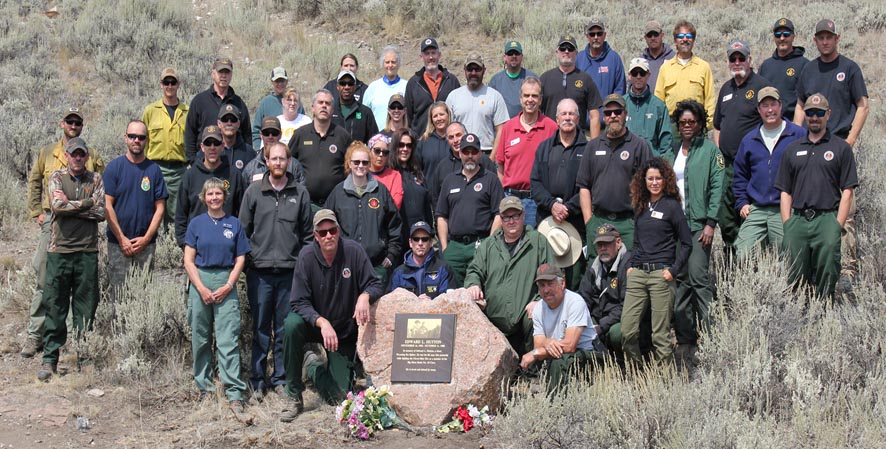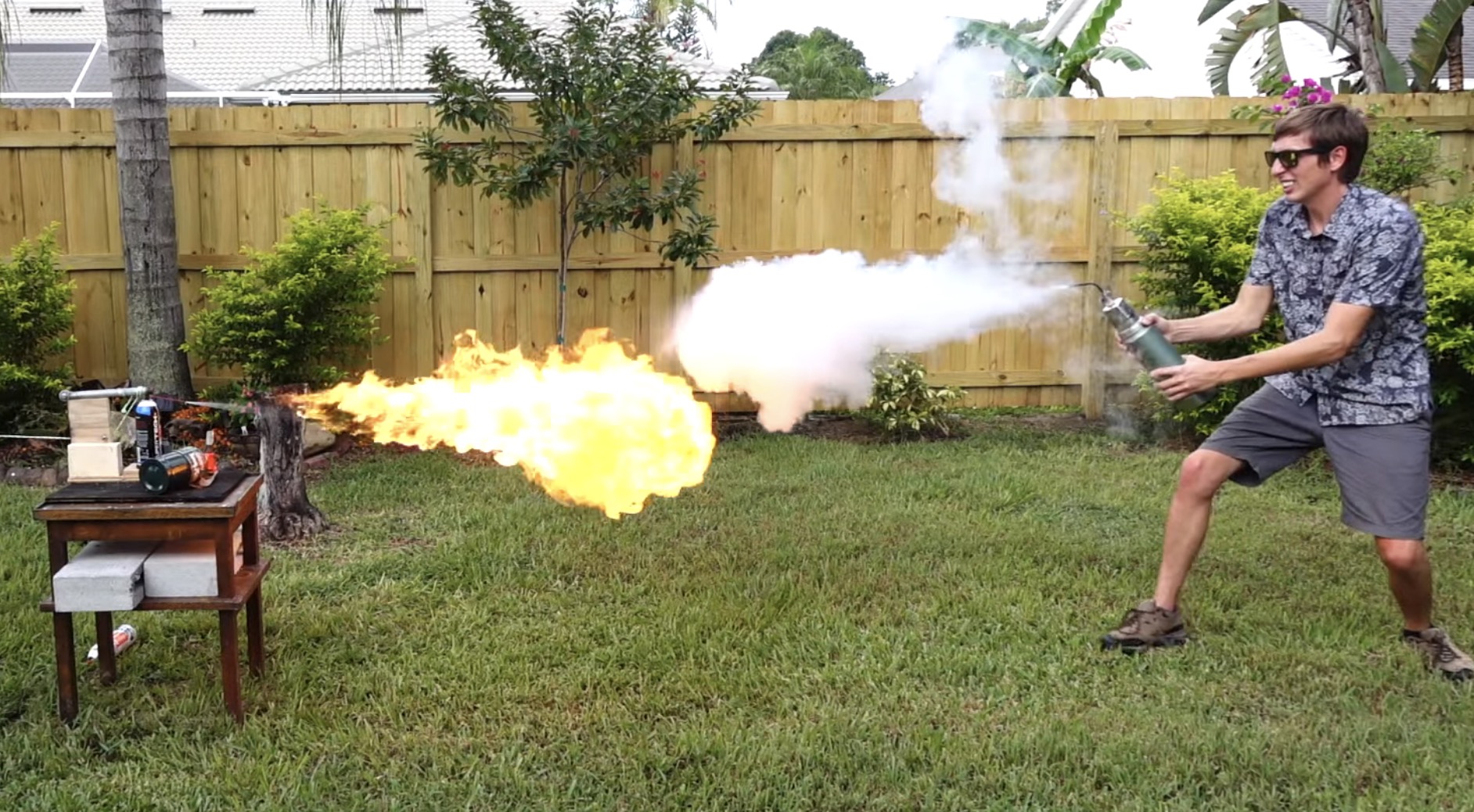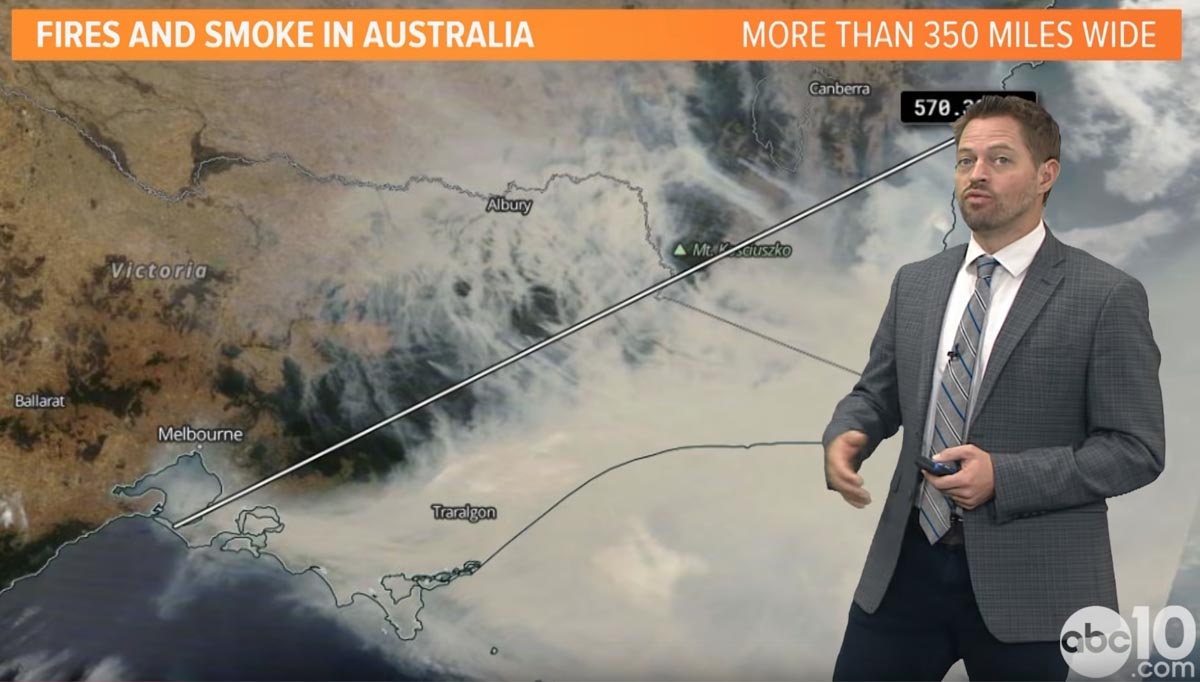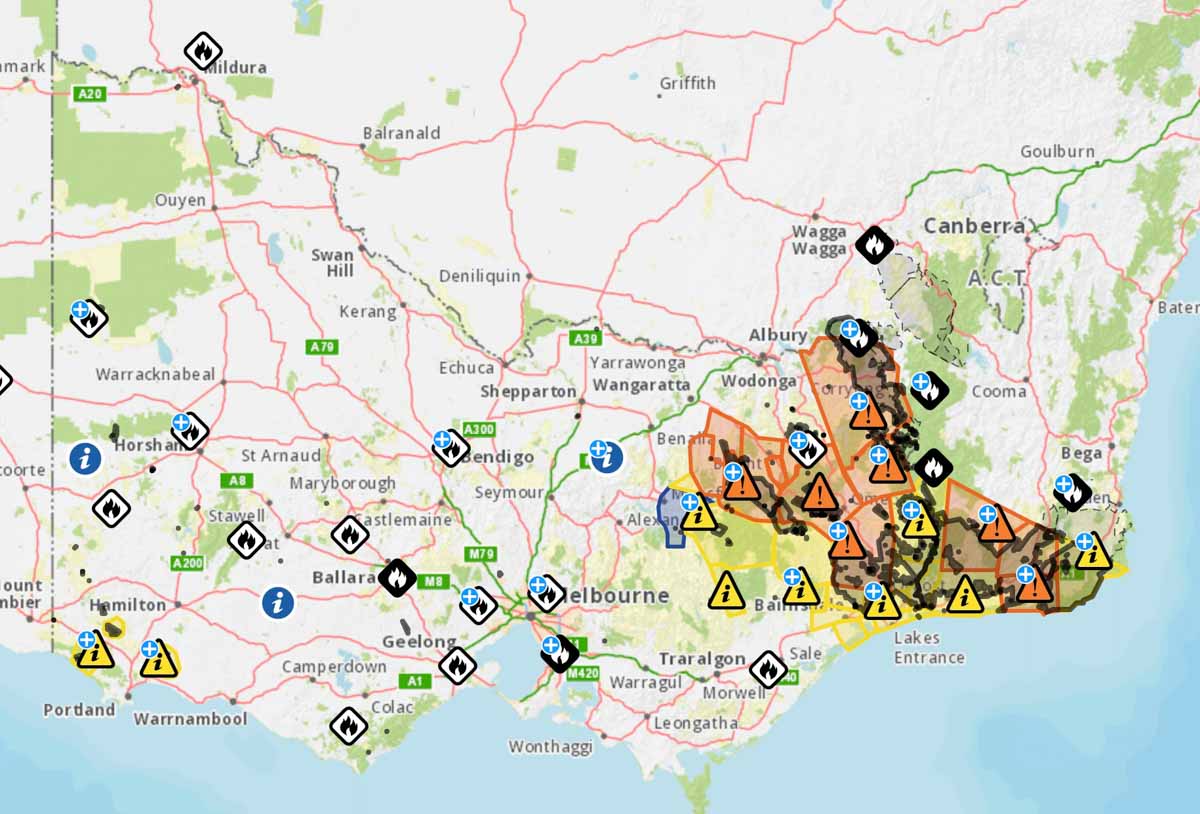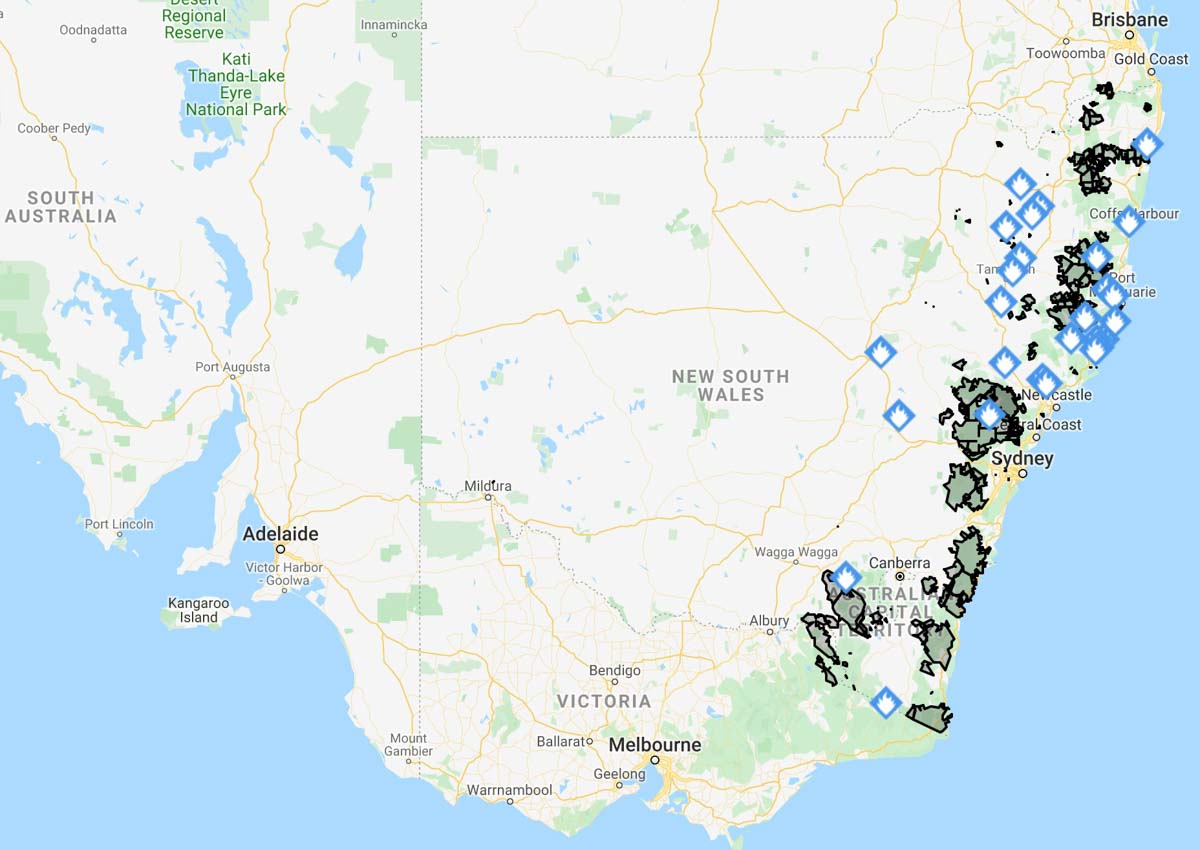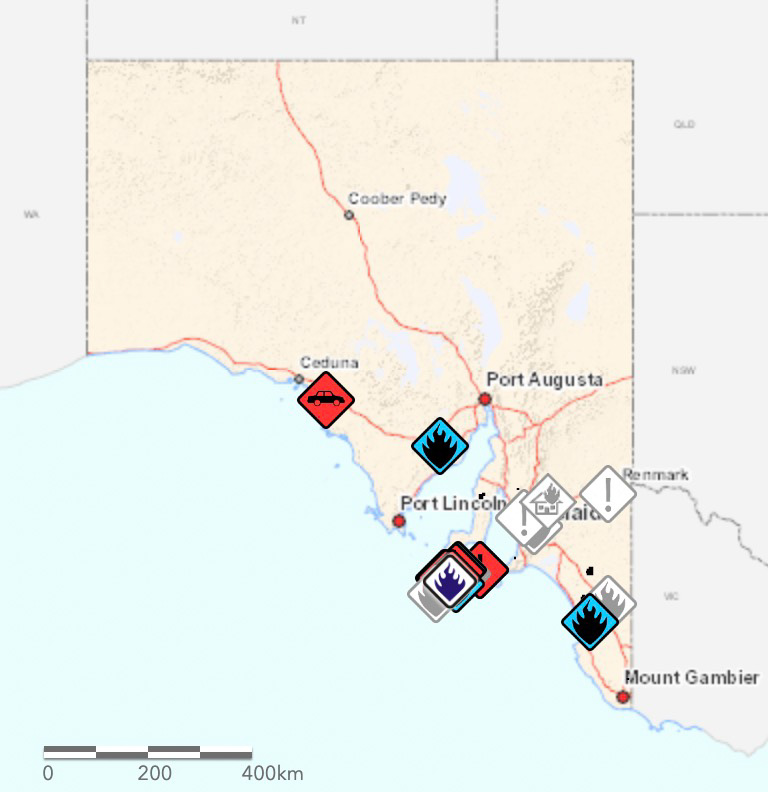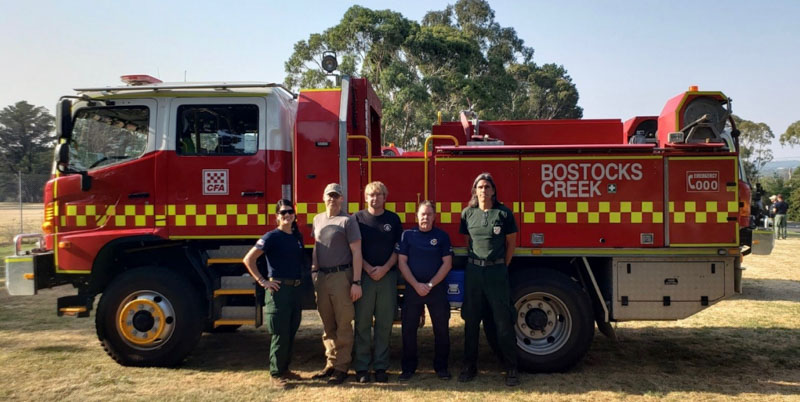
PHOENIX – The Bureau of Land Management (BLM), as well as other Department of the Interior agencies and the U.S. Forest Service have been sending wildfire personnel from across the United States to assist with ongoing wildfire suppression efforts in Australia. The BLM in Arizona currently has four fire personnel in Australia with plans to send more in the coming weeks.
Brady Shultz, from BLM Arizona’s Colorado River District in Kingman, and Koreena Haynes from the BLM Arizona State Office in Phoenix, deployed just after the new year to assist on fire engines in the Australian state of Victoria. Cody Goff from BLM Arizona’s Arizona Strip District in St. George, Utah, and John Garrett from BLM Arizona’s Gila District in Safford deployed on January 7 as part of a 20-person firefighter hand crew.
“Australia has come to help us when we needed an extra hand during our most extreme fire seasons, now it’s our turn to go help them in their time of need,” said Kelly Castillo, BLM Arizona’s state fire management officer.
Based on requests from the Australian Fire and Emergency Service Authorities Council, the U.S. has intermittently deployed more than 150 wildland fire personnel since December.
The fire personnel from the U.S. have assisting with critical needs for mid-level fire management roles including fire engine operations, aviation operations, fire operations managers, logistical management specialists, and strategic fire planners. More recent deployments have included requests for 20-person firefighting crews and chain saw operators.
“We are in the process of filling more requests for Arizona personnel, which will likely deploy as soon as next week,” said Castillo.
The U.S., Australia and New Zealand have been exchanging fire assistance for more than 15 years. The most recent exchange occurred in August of 2018, when 138 Australian and New Zealand wildfire management personnel were sent to the U.S. for almost 30 days to assist with wildfire suppression efforts in Northern California and the Northwest. The last time the U.S sent firefighters to Australia was in 2010.
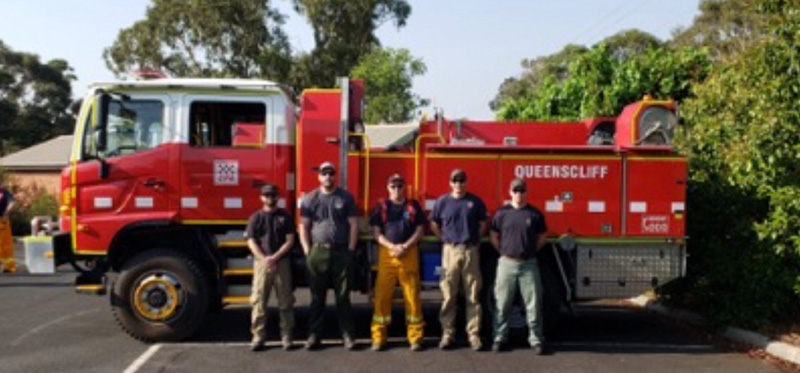
From the Bureau of Land Management, Arizona State Office


